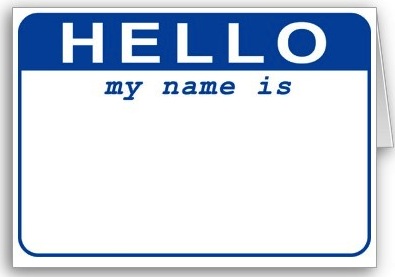Let’s Get Personalized: Moving Beyond Recommendations

Let’s Get Personalized: Moving Beyond Recommendations
Introduction
This article, published on January 28, 2012, by Hank Nothhaft, discusses the critical shift from basic recommendations to true personalization on the internet. It argues that while companies like eBay, Amazon, and Netflix have utilized recommendation engines, these systems are reaching their limits. The author posits that the future of the internet lies in sophisticated personalization that understands users as dynamic, evolving individuals rather than static archetypes.
The Limitations of Current Recommendation Engines
- Echo Chambers: Recommendation engines, often based on aggregate user behavior (e.g., "users who bought X also bought Y"), have become echo chambers rather than effective personalized filters. This approach fails to capture the nuances of individual preferences.
- Static Archetypes: These systems attempt to categorize users into predefined boxes based on likes and interests, ignoring the fluid and evolving nature of human desires and needs.
- Banal Results: The reliance on crowd-sourced data often leads to predictable and uninspired suggestions, failing to meet the evolving expectations of web consumers.
- Amazon's Kindle Fire Example: Even successful platforms like Amazon falter when recommendations become self-serving or overly simplistic, as seen with the Kindle Fire recommendations.
The Need for True Personalization
- Beyond Recommendations: The article emphasizes that personalization is a larger, more complex task than simply providing recommendations. It involves a deeper understanding of individual users.
- Dynamic Understanding: Future technologies must recognize users as dynamic and unique individuals, adapting to their constantly changing needs and preferences.
- The Role of AI: Advanced Artificial Intelligence, exemplified by Siri's adaptability, will be crucial in creating finely-tuned, perpetually trained systems that cater to individual users.
- Shift from Pull to Push: The internet is moving from a user-initiated "pull" model (searching for information) to a "push" model (delivery of relevant content), driven by the need for personalization.
Business Implications of Personalization
- Revenue and User Experience: True personalization offers significant upside for businesses by improving customer/user experience and driving revenue.
- Television Example: The article draws a parallel with television, where smart TVs and user accounts will enable personalized viewing experiences, allowing users to log in and access content tailored specifically for them.
- Groupon Example: Companies like Groupon can amplify conversion rates by moving beyond regional targeting to personalized offers based on a deep understanding of individual recipients.
The Evolution of Personalization
- Mashup Approach: Currently, personalization is best achieved through a combination of interest graphs, social graphs, individual input, and sophisticated data qualifications (like Pandora's).
- Ambient Information: Future personalization will incorporate ambient information such as time, location, schedules, and habits, alongside direct user input.
- Shifting Personas: Recognizing that human identity is a constantly shifting target is key. Personalization is an ongoing process, not a one-time setup.
- Erosion of Stability: The shift to a "stream" metaphor on the web has eroded the traditional stability of user profiles, but this creates new opportunities for more nuanced customer understanding.
Conclusion
Recommendation technology is merely the "tip of the iceberg" – the basic requirement for engaging users. The real challenge and opportunity lie in achieving true personalization, which requires a sophisticated understanding of individuals and their ever-shifting personas. Companies that successfully navigate this transition will gain a significant competitive advantage by delivering superior user experiences and driving revenue. The move towards a personalized web is an ongoing journey, driven by technological advancements in AI and a deeper understanding of human behavior.
Key Takeaways:
- Current recommendation engines are limited and often create echo chambers.
- True personalization requires understanding users as dynamic individuals.
- AI and advanced technologies are key to achieving sophisticated personalization.
- The web is shifting from a "pull" to a "push" model.
- Personalization significantly impacts revenue and user experience.
- The future involves integrating ambient data and adapting to shifting user personas.
- Recommendation is just the starting point; true personalization is the goal.
Image:

Related Topics:
Original article available at: https://techcrunch.com/2012/01/28/trapit-lets-get-personalized/